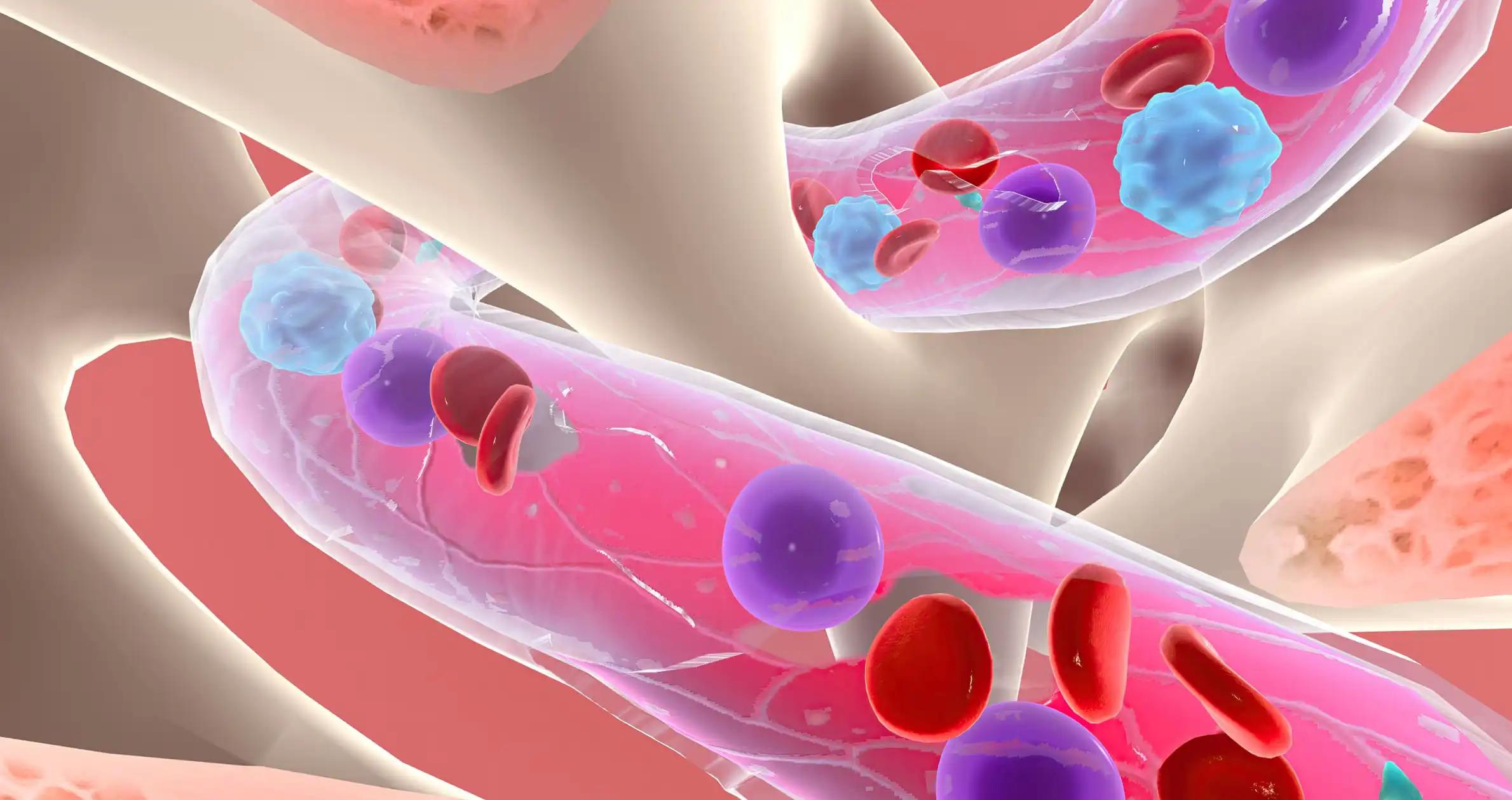KEY TAKEAWAYS
- The study aimed to investigate the correlation between PD-1/PD-L1 expression on tumor-immune cells in DLBCL, NOS patients.
- Researchers noticed that PD-L1 in non-GCB DLBCL predicts shorter PFS, and D-IHC for PD-L1/PAX5 is a feasible method to identify patients for targeted immunotherapy.
Diffuse large B-cell lymphoma, not otherwise specified (DLBCL, NOS), poses a significant challenge in the management of relapsed/refractory cases. Programmed cell death protein 1 (PD-1) and its ligand PD-L1 are pivotal in dampening the immune response against DLBCL.
Teja Cas Slak and his team aimed to scrutinize PD-1 and PD-L1 expression on lymphoma cells (LCs) and tumor-immune cells (TICs) and explore their association with clinical outcomes.
Researchers performed an inclusive analysis, incorporating samples from 283 DLBCL, and NOS patients, encompassing germinal center B cell-like (GCB) and non-GCB subtypes. The expression of PD-1 and PD-L1 was assessed through double immunohistochemical staining (D-IHC) for PD-1/PAX5 and PD-L1/PAX5 on tissue microarrays, with LCs specifically highlighted for enhanced accuracy. Clinical data and histologic diagnoses were retrieved from electronic records. A correlation analysis was conducted between clinical characteristics, PD-1 and PD-L1 expression on LCs TICs, progression-free survival (PFS), and overall survival (OS) outcomes.
About PD-1, 38.4% of cases showed its expression on tumor-immune cells (TICs) and 8.8% on LCs. PD-L1, on the other hand, was expressed on TICs in 46.8% of cases and on LCs in 6.5%. Notably, PD-L1 expression on LCs was more prevalent in the non-GCB subtype (P = 0.047). Furthermore, patients exhibiting PD-L1 expression on LCs experienced significantly shorter PFS (P = 0.015), and this association remained significant in the multivariate model (P = 0.034).
The study concluded that PD-L1 is more frequently expressed in non-GCB subtype LCs, potentially predicting shorter PFS. D-IHC for PD-L1/PAX5 emerged as a feasible method for assessing PD-L1 expression on LCs in DLBCL and NOS patients, offering a potential tool to identify individuals who may benefit from targeted immunotherapy with checkpoint inhibitors.
Source: https://pubmed.ncbi.nlm.nih.gov/38378036/
Slak TC, Miceska S, Gasljevic G, et.al(2024). The prognostic significance of programmed cell death protein 1 and its ligand on lymphoma cells and tumor-immune cells in diffuse large B-cell lymphoma, not otherwise specified. Radiol Oncol. 2024 Feb 21;58(1):99-109. doi: 10.2478/raon-2024-0010. PMID: 38378036; PMCID: PMC10878775.



